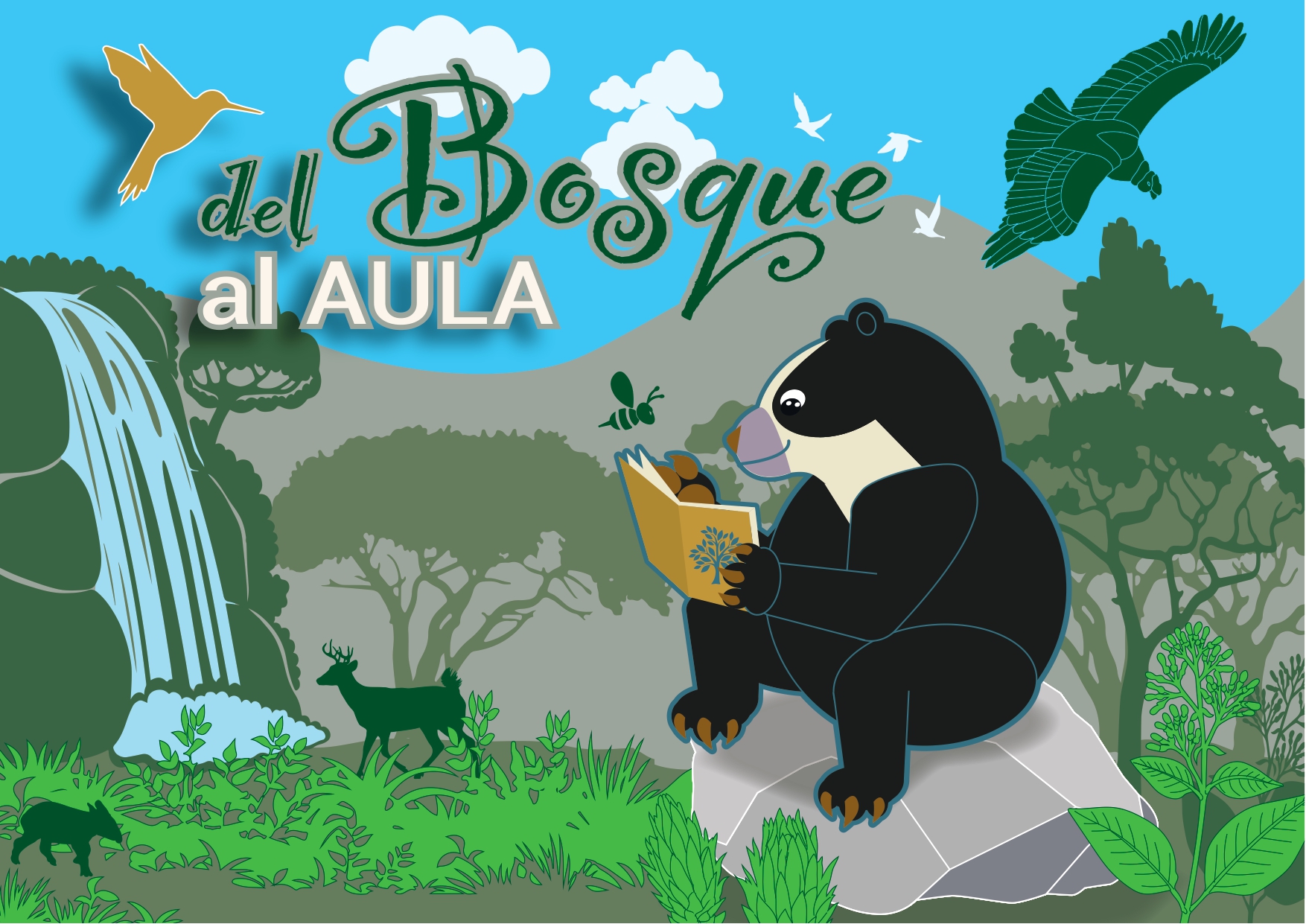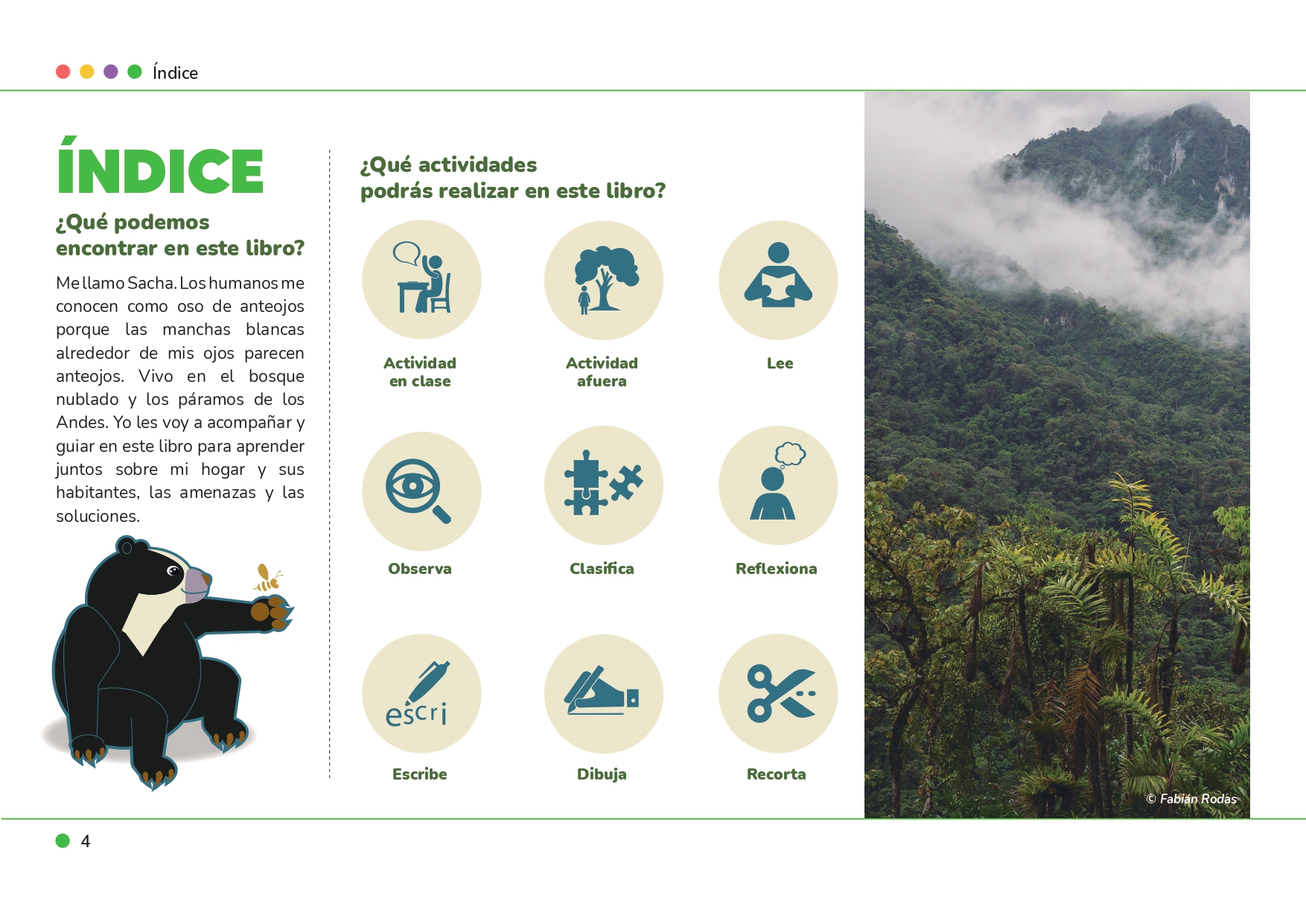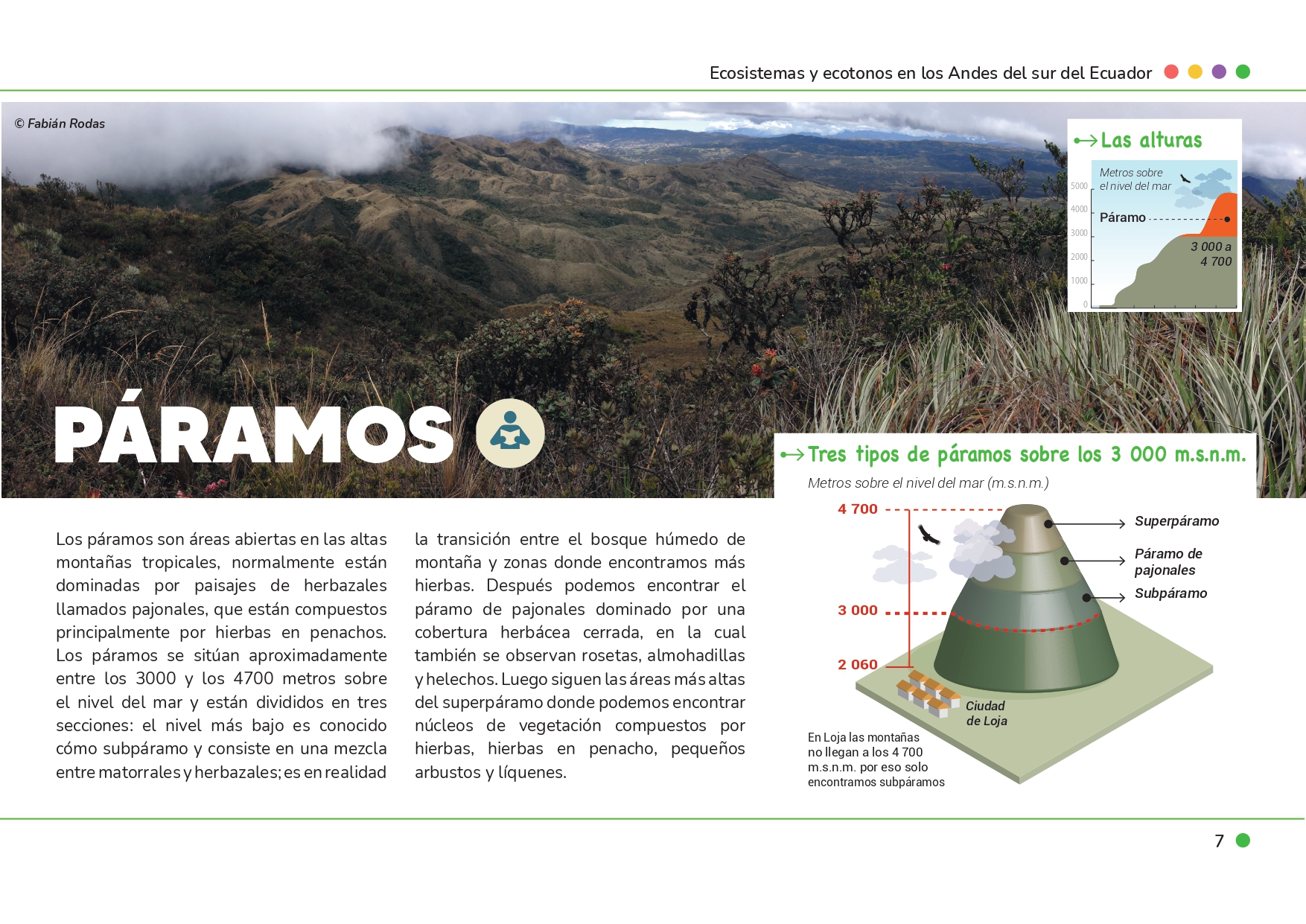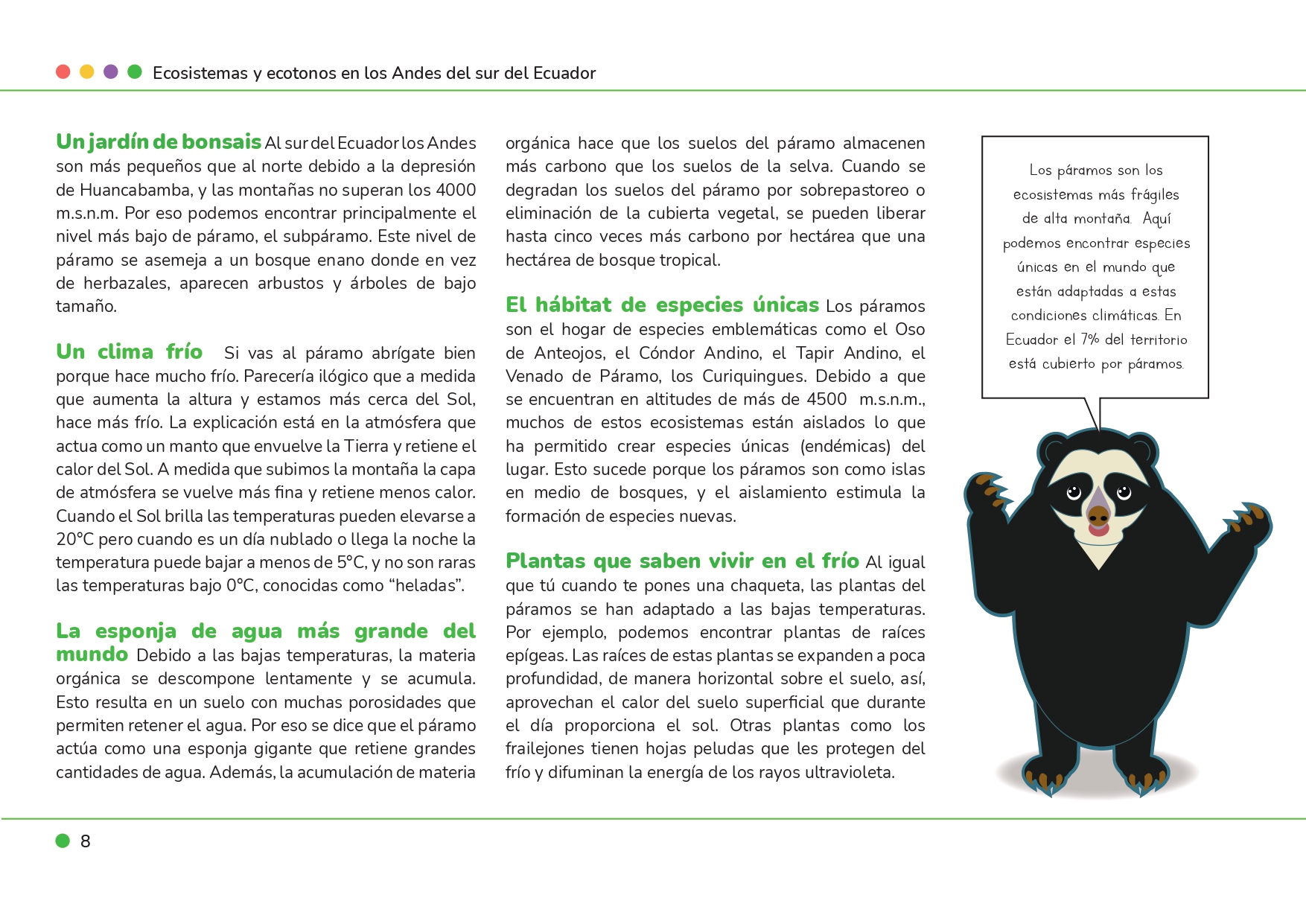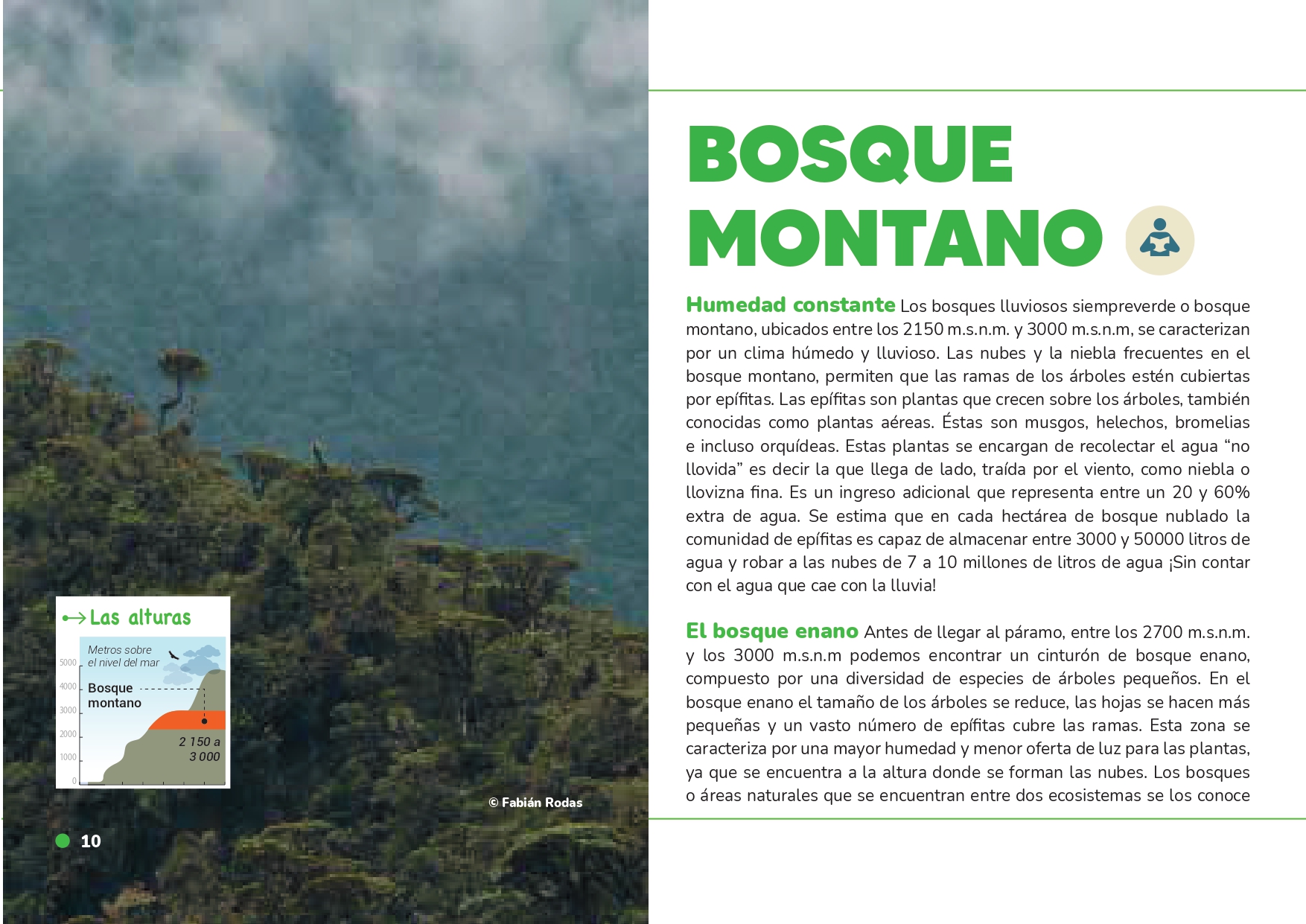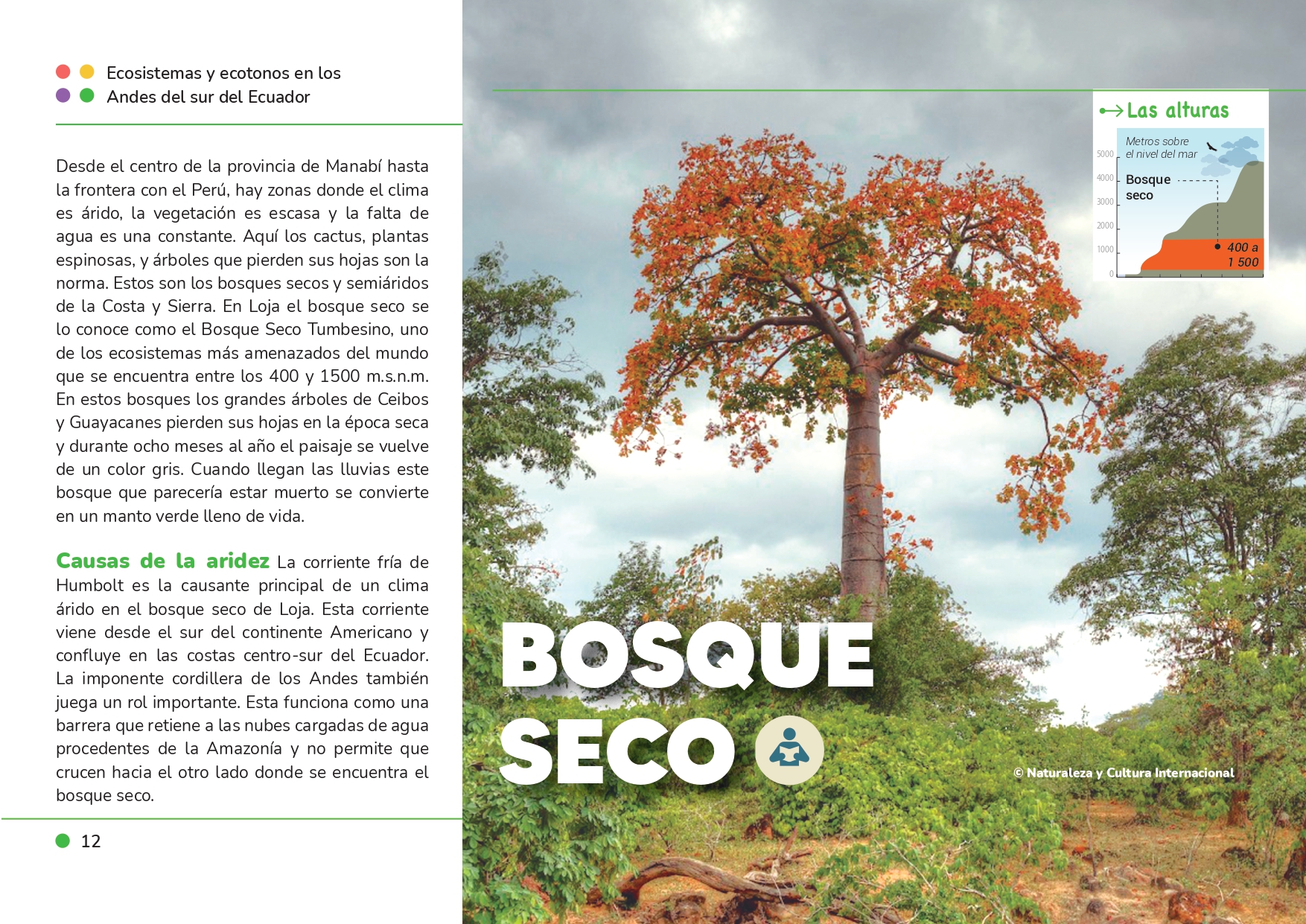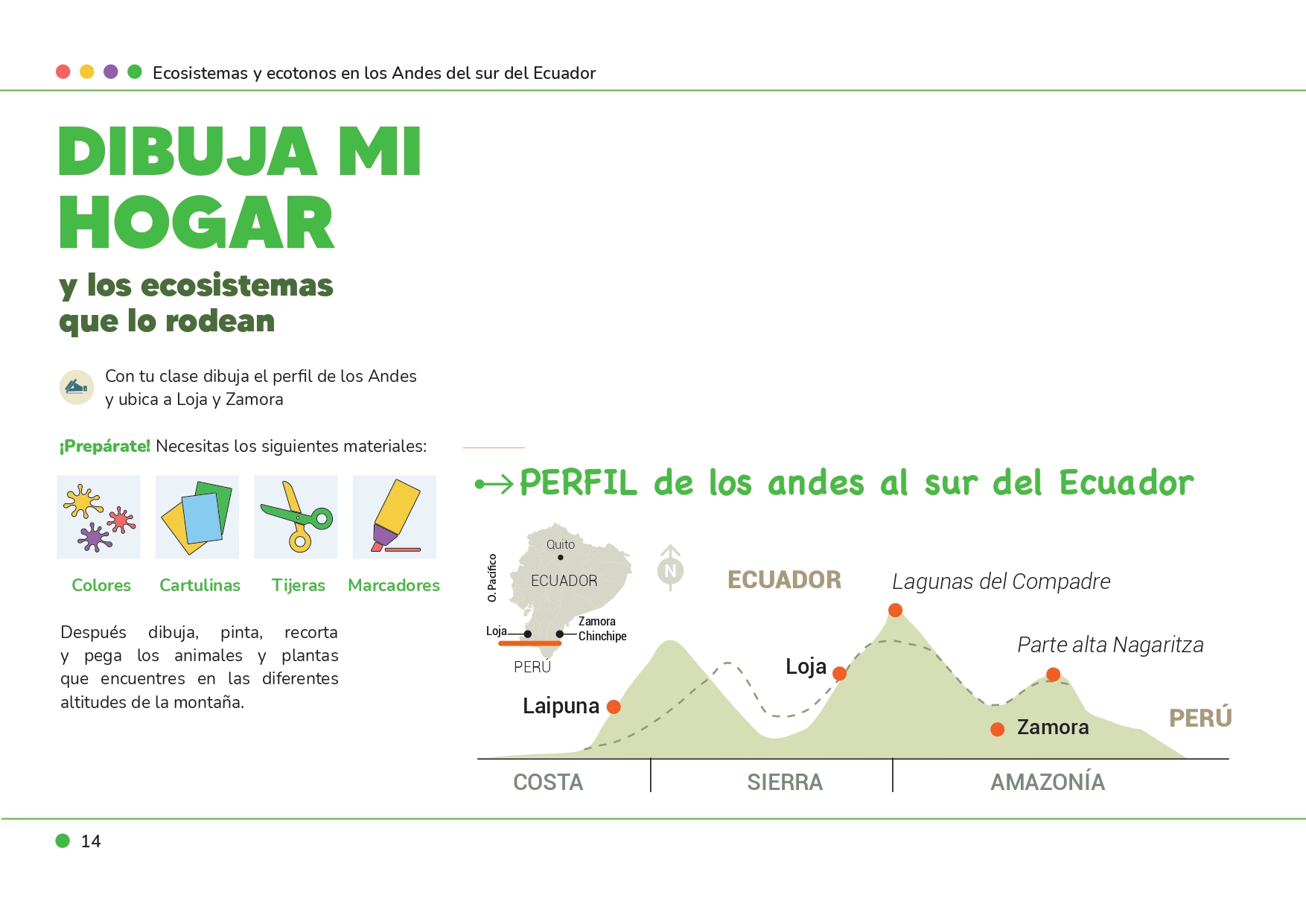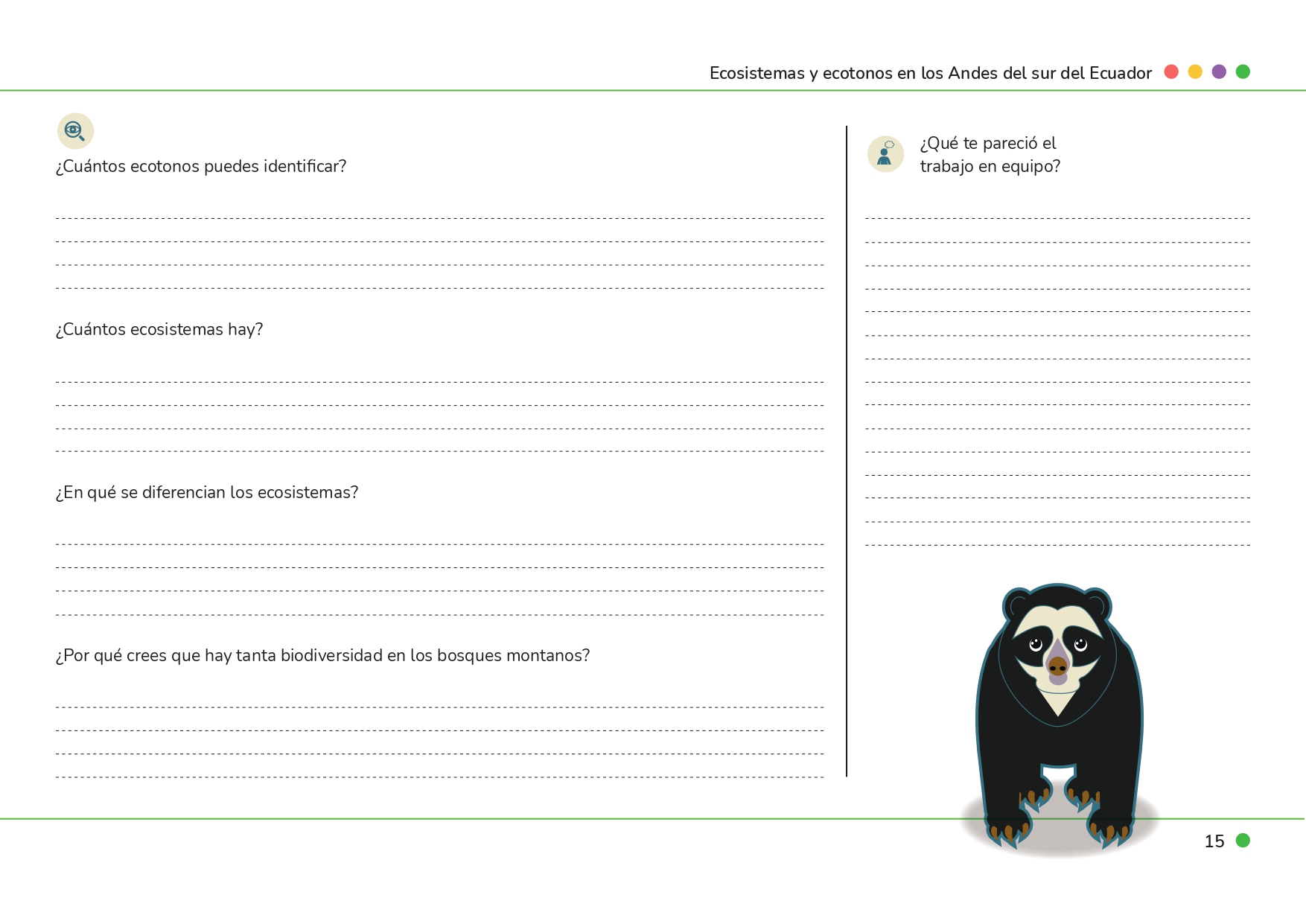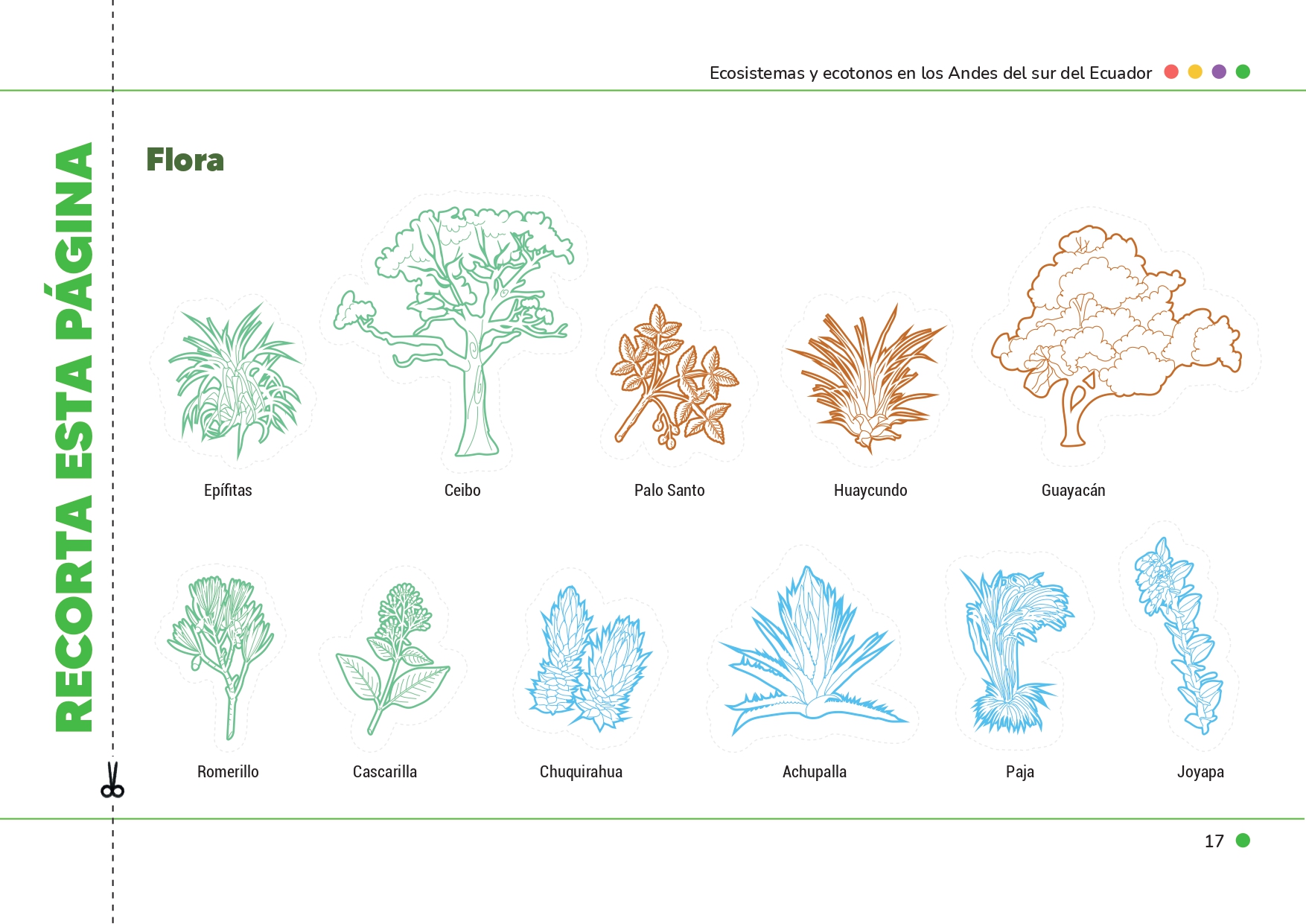This project involves
Overview
The project “From the Forest to the Classroom” aims at the overall objective to increase teachers’ knowledge and understanding of the importance of the cloud forest and scientific research to involve students in the long-term conservation of their natural environment, particularly in the areas of Loja and Zamora. Together, gaia-liNc and NCI-Ecuador are working with 700 students (age 10–12 years) and 29 teachers from 10 schools in Loja and Zamora, building capacities on the importance of mountain forests and scientific research to engage students in the conservation of their local forests.
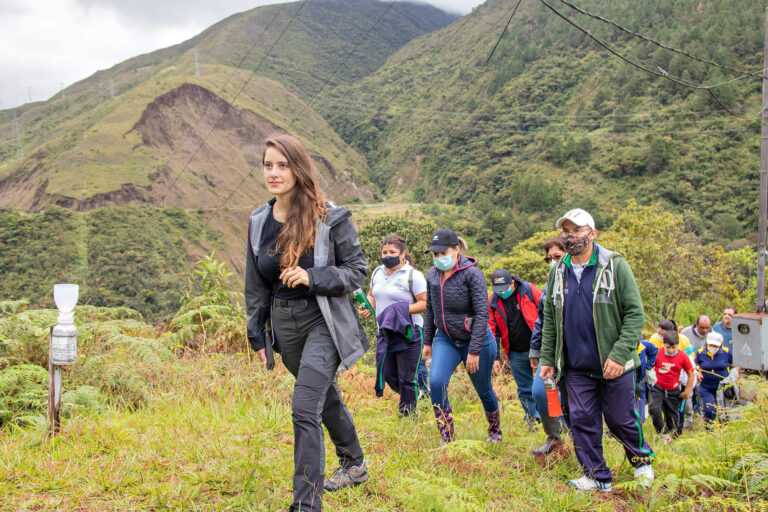
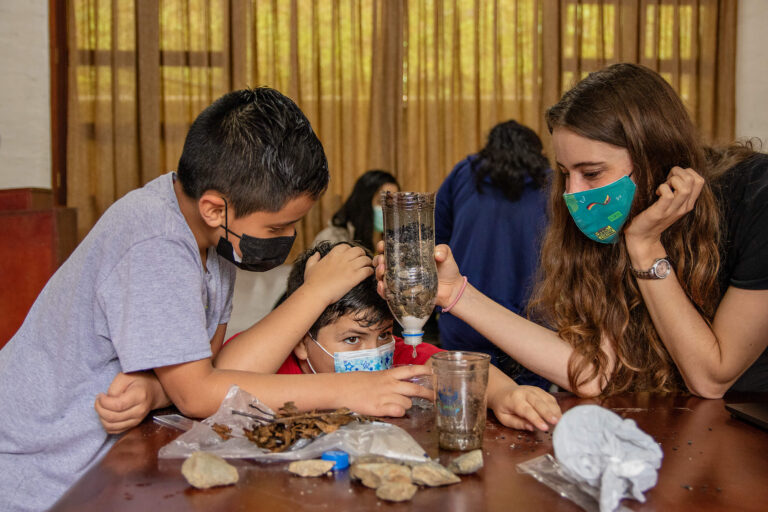

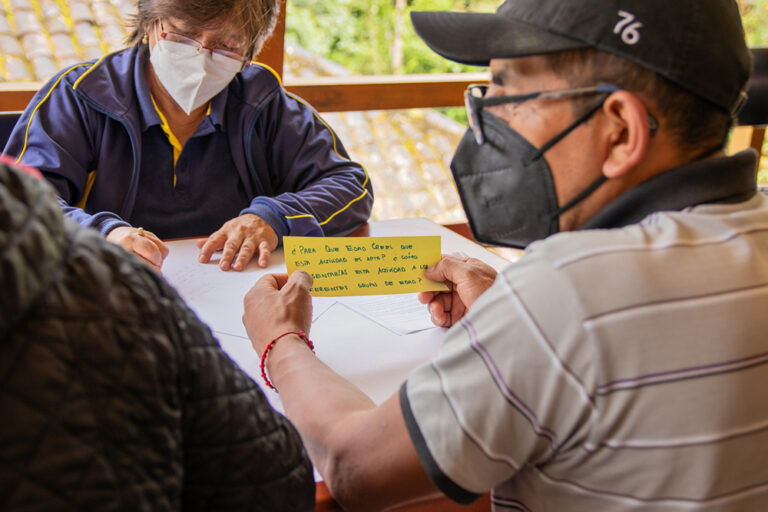
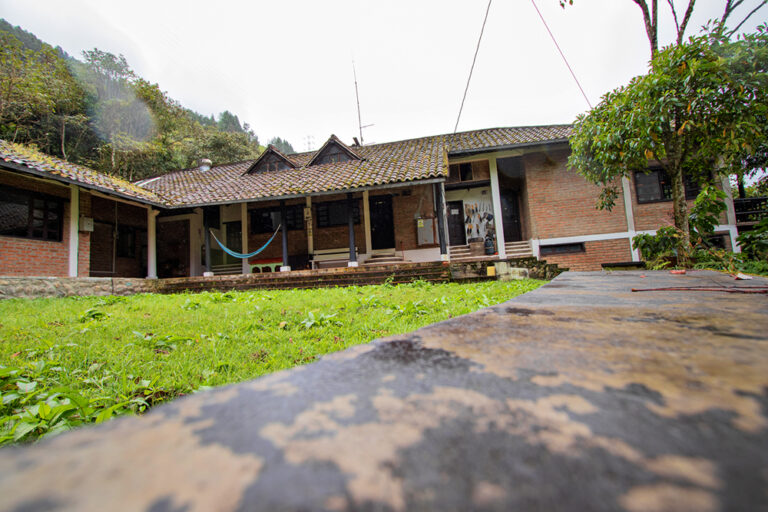
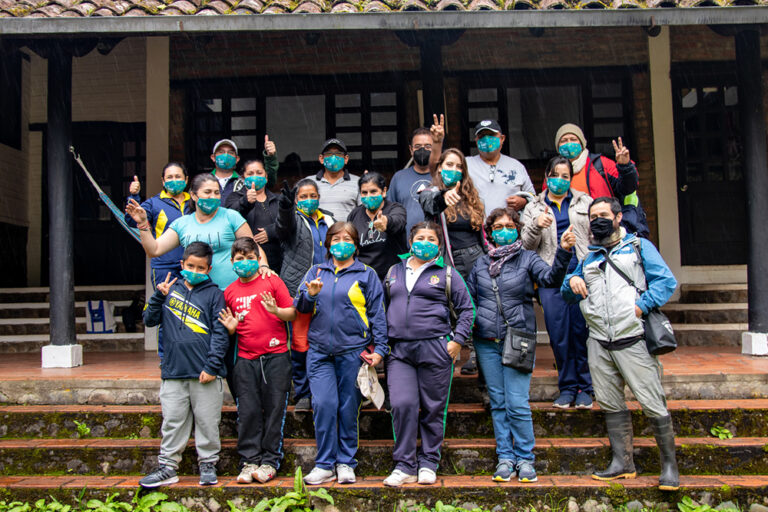
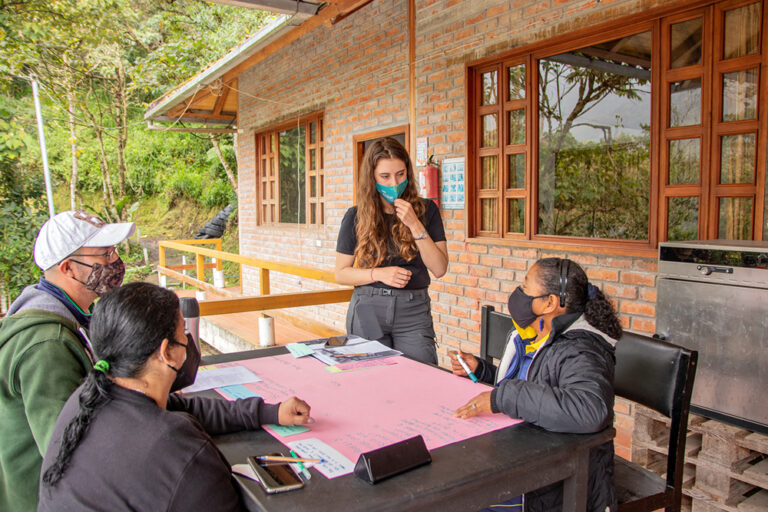
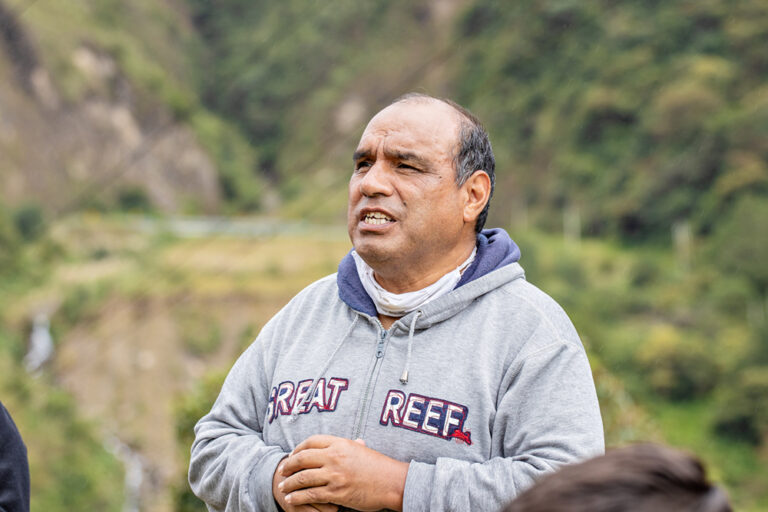
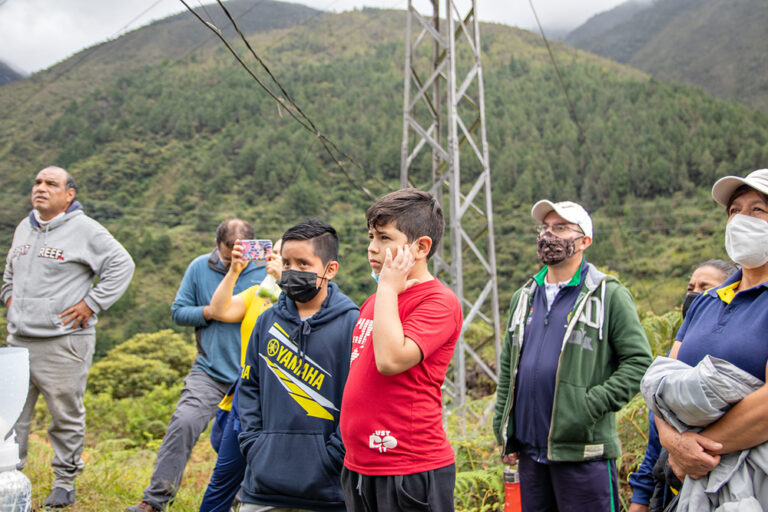
Biodiversity Importance of the Area
The project takes place in the cities of Loja and Zamora in Ecuador. The Tropical Andean Forest of southern Ecuador harbours an outstanding richness of landscapes. The area constitutes an effective and discrete biogeographical barrier and a transition zone between two other biodiversity hotspots, the Tumbes-Choco-Magdalena in the west and the Amazonian lowlands in the east. In this geographical context, our project locations lie within one of the most biodiverse regions in the world, containing one-sixth of all plant species in the Tropical Andes and a high degree of endemism.
Why Environmental Education?
Environmental education is the bedrock to build a responsible, informed, and environmental-conscious society. It connects students with nature and encourages children to take action to improve their local environment. The United Nations’ Sustainable Development Goals 4 (Quality Education) calls nations to increase access and quality to education with more effective and equitable techniques in order to achieve a more sustainable and just society (Rodríguez-Piñeros et al., 2020).
What are we doing?
Since March 2021, we have focused on the following activities.
- A pilot application in four schools – the prepared material will be tested and validated first with four pilot schools.
- Creating and hosting two public events in Loja and Zamora in an effort to raise awareness of the importance of the mountain forests in two locations.
- Planning one excursion/field trip of these 4 schools to the scientific station.
- Other potential activities to be confirmed involved observation of ecotones, identifications of flagship animals in the area.
- Compilation and systematization of scientific information for the elaboration of hand and workbook for the students.
Workshop with natural science teachers to validate and prioritize the information.
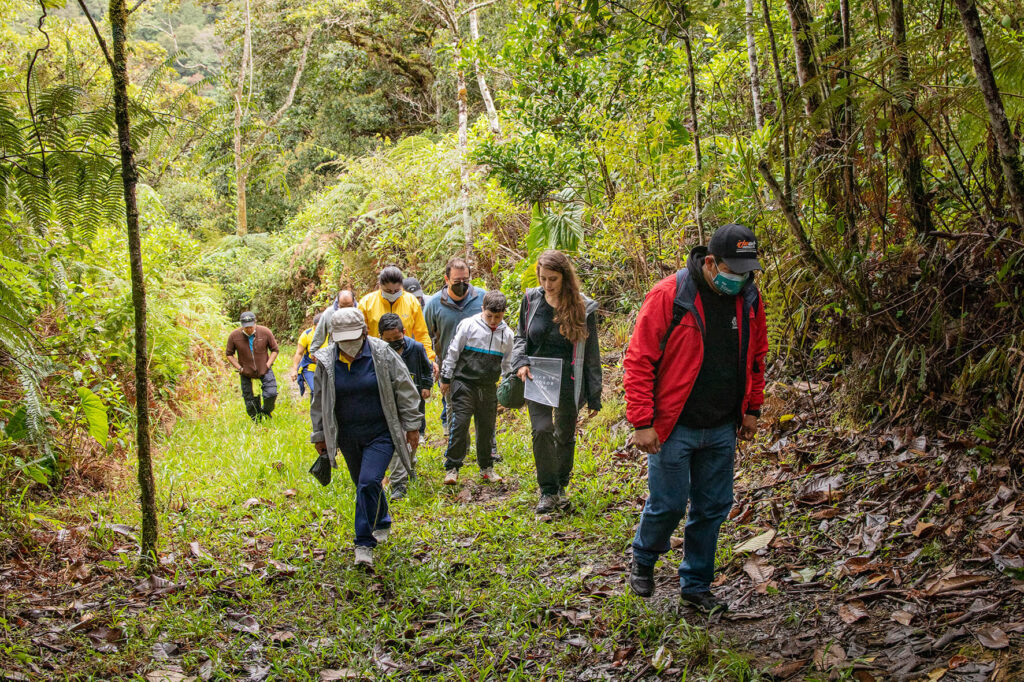
Image (c) Paul Aguilar
The San Francisco Research Station
The San Francisco Research Station (ECSF) is the main point of location for this project. Located between the cities of Loja and Zamora in southern Ecuador and bordering the Podocarpus National Park, many of the workshop activities take place here..
From the Forest to the Classroom workbook
This innovative field workbook is specially designed for curious minds aged 9-12, offering a perfect blend of education and adventure. This book invites young readers to discover the secrets of their natural surroundings in a fun and engaging way. With over 25 interactive activities, kids can learn both in the classroom and out in the forest, making each page an adventure.
Developed in collaboration with eight dedicated teachers from rural, private, and municipal schools, this book is crafted to meet the educational needs of diverse learners while sparking curiosity and a love for nature.Through this workbook children join Sacha 🐻 the bear on an incredible journey to explore and learn about the Andean tropical cloud forest of southern Ecuador.
What makes this workbook special?
- Over 25 hands-on activities that bring learning to life
- Flexible learning environments – perfect for both classroom and outdoor exploration
- Developed with input from eight national and international scientists and twenty one local teachers across rural, private, and municipal schools
- Carefully crafted to accommodate diverse learning styles
- Promotes environmental awareness and connection with nature
This workbook provides the perfect opportunity for students to discover the wonders of the natural world in an engaging and educational way.
A Complete Teaching Guide to Exploring the Andean Cloud Forest of Ecuador!
Designed to accompany the “From the Forest to the Classroom” workbook, the Teacher’s Guide offers educators everything they need to confidently bring each activity to life.
📗 What’s Inside the Teacher’s Guide?
- Clear lists of all materials needed for each activity
- Suggested timing and step-by-step implementation instructions
- Easy-to-follow schedules to structure your classes
- Detailed background information on each theme, allowing teachers to deepen their own understanding of the Andean tropical cloud forest
- Practical tips for both classroom and outdoor learning
Whether you’re teaching in a school or organizing an outdoor workshop, this guide ensures every activity is impactful, educational, and fun.
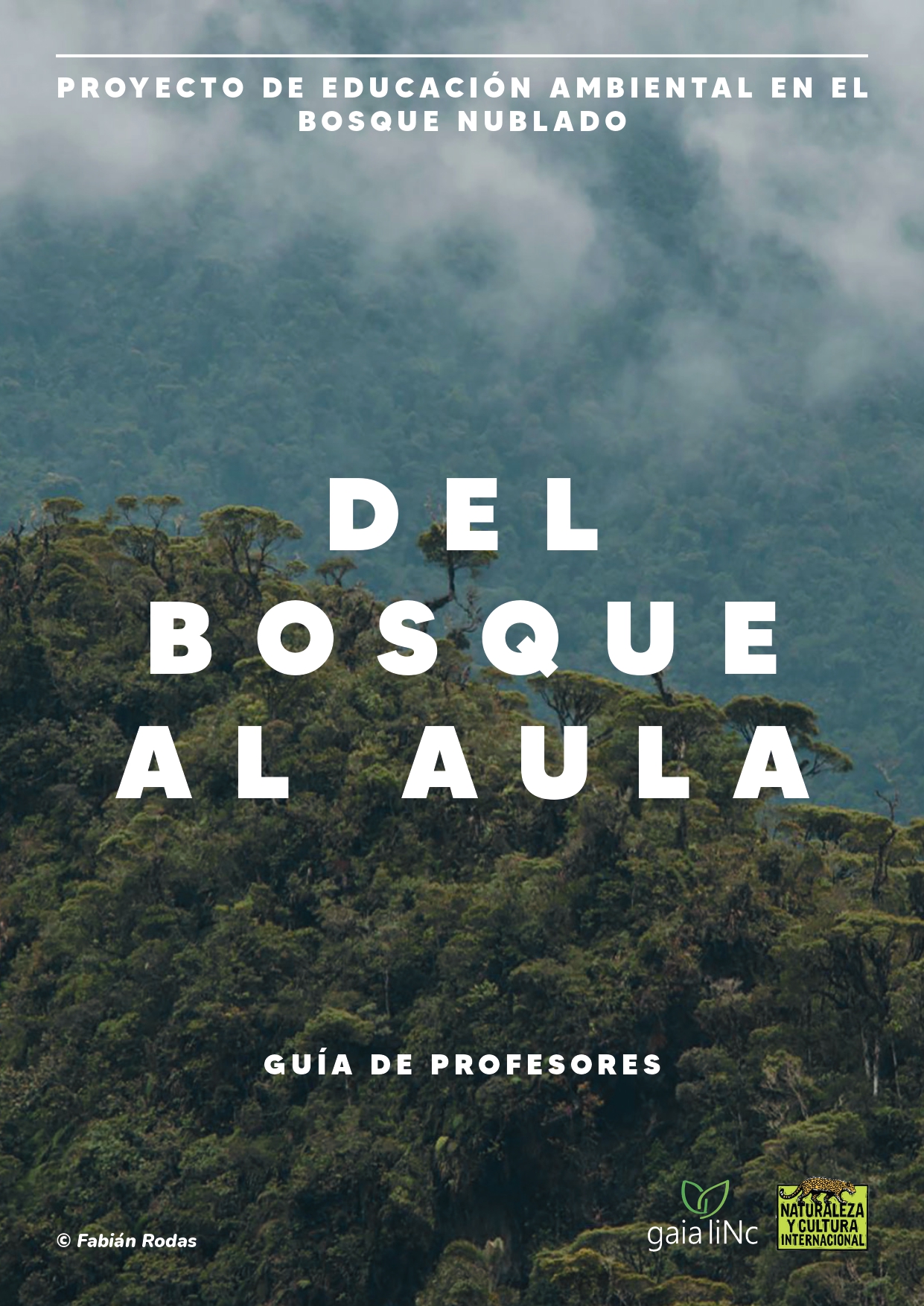
Course of Action
Stage 1
Elaboration of an activity booklet and a teacher’s guide, with scientific information from the scientific station.
Stage 2
Transfer and exchange of knowledge to teachers of the schools of Loja and Zamora.
Stage 3
Application of the pedagogical material in the schools.
Stage 4
Monitoring and evaluation
Project Partners
This project is implemented jointly between gaia-liNc e.V. and Nature and Culture International Ecuador. This project was made possible with the support and funding by the Center for International Migration and Development (CIM), which is jointly run by Deutsche Gesellschaft für Internationale Zusammenarbeit (GIZ) GmbH and the German Federal Employment Agency.
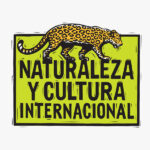

Send us a message sharing your or questions regarding this project for media outreach, capacity building, local support and more.
